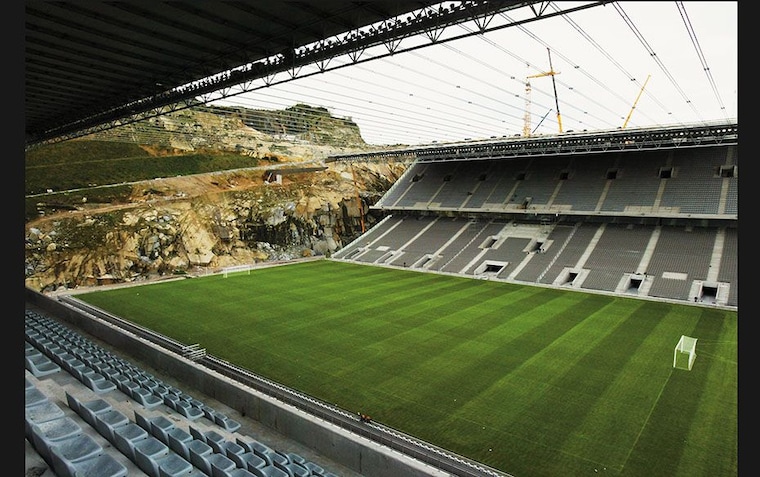Stunning stadiums of the world
The sporting arena is the modern equivalent of a monument, the Holy Grail of an architect’s fantasy. The brief is simple: Make a spellbinding container for the sportsperson’s soaring ambition. These b
Feb 02, 2016, 06:00 IST1 min

Image by Ben Radford / Getty Images
2/3
Image by Getty Images
3/3
Image by Corbis
Photogallery
- Home /
- Photogallery /
- Play /
- Stunning-stadiums-of-the-world